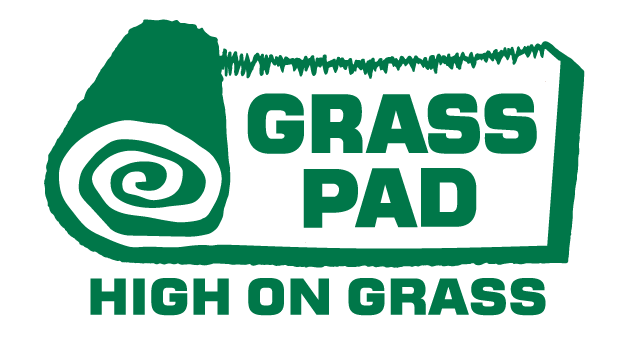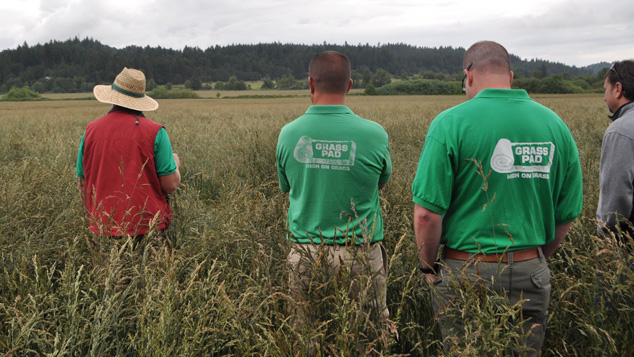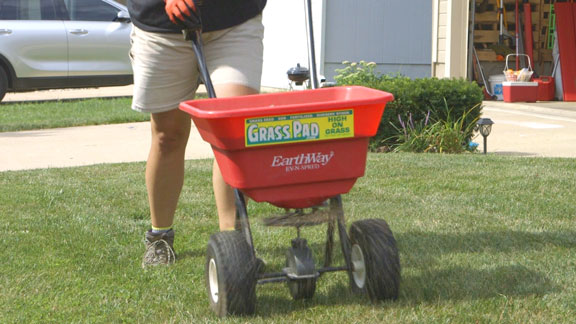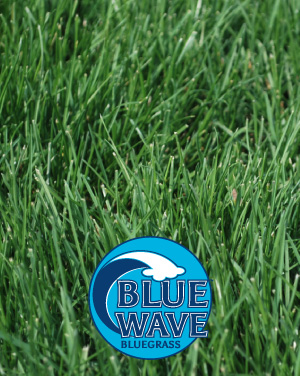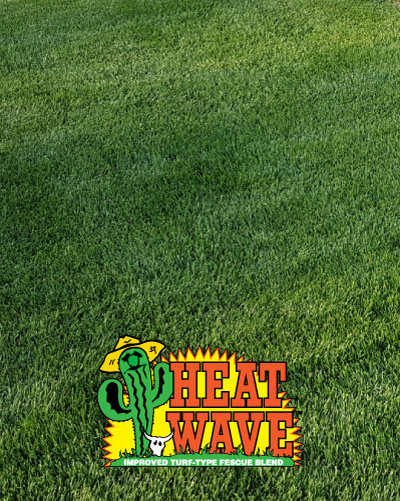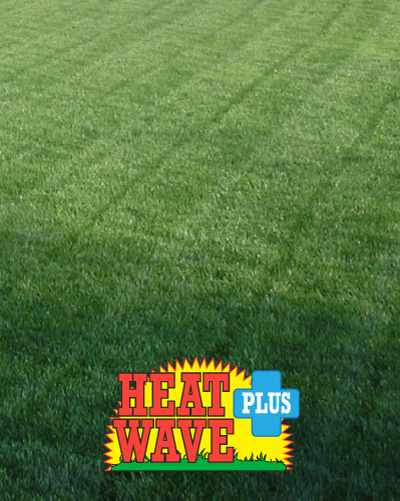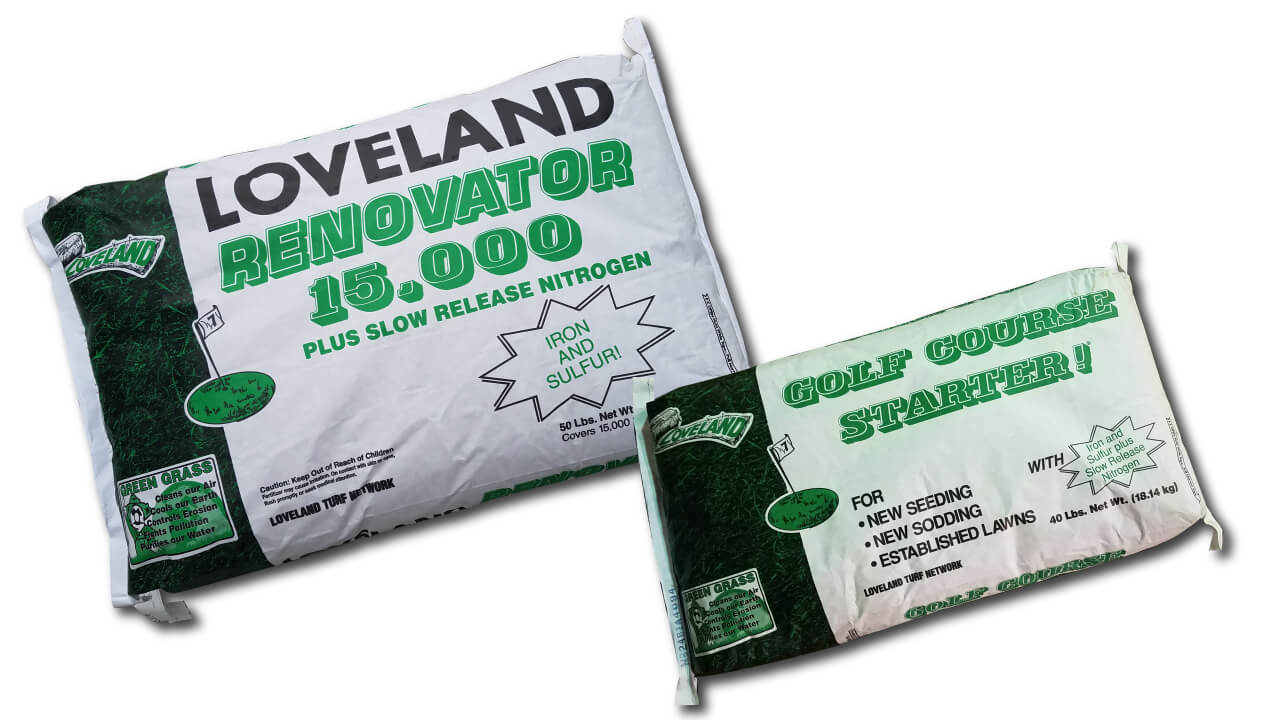Every fall Mother Nature’s grass plants reseed the earth as part of their natural rejuvenation cycle.
Follow Mother Nature’s Lead
The natural growth cycle of grass plants is to grow tall and form seed heads that are dropped every fall to reseed themselves in the warm fall soils. On home lawns and cultured turf, grass plants cannot reseed themselves because regular mowing eliminates the natural seed head, and this is why we overseed our lawns in the fall – we’re imitating Mother Nature.
By overseeding our lawns in the fall, we eliminate the bare spots and thicken the existing turf. Grass reseeded now will root and establish in warm September soils and be ready for explosive growth in spring. As the summer weeds weaken and die off, the grass plants grow and mature without competition. The more grass you grow this fall, the fewer weeds you will have next summer. Next spring, be sure to break the weed cycle in your lawn by applying Prevent in March and following up with a second dose in May.
How to Choose the Right Grass Seed for Your Lawn
Seeding every fall helps to improve resistance to disease by introducing genetic diversity into your lawn. Homeowners should decide what they want in a lawn and then choose the grass type that will do the job. In our Midwest region, cool-season grasses like Heat Wave fescue and Blue Wave bluegrass perform the very best. Advancements in turfgrass genetics continue to develop superior new grass varieties, and the Grass Pad researches the best varieties for our area and selects those for our blends. Check out the info below to see if a Heat Wave type or a Blue Wave type grass is best for your lawn.
See Related: How to Choose the Best Seed for your Lawn
Blue Wave Type Seed
If you favor lush green grass that drives neighbors wild with lawn envy, you are a perfect Blue Wave bluegrass fanatic. You will appreciate bluegrass as Mother Nature’s masterpiece. Blue Wave provides dark color, and produces a thick, dense turf that is a soft delight for bare feet. It also spreads to fill in gaps with its vigorous rhizomes. When you come into the Grass Pad, ask about the disease-resistant varieties in Blue Wave and Estate Mix bluegrass seed blends.
Heat Wave Type Seed
On the other hand, if you prefer heat resistance and low maintenance, you are probably a fan of Heat Wave turf-type tall fescue. The most tolerant grass seed for both sun and shade conditions, Heat Wave types include Heat Wave or Heat Wave Plus. These seed varieties feature quick germination, good looks, and dominating drought tolerance.
Don’t Forget to Feed the Lawn
Apply Renovator (for bigger lawns) or Golf Course Starter (for smaller lawns) the same day you seed, and then again in 4 weeks. Fertilizing this time of year pushes the root system deep into the soil, and the more root development the grass gains this fall the more heat and drought tolerant it will be next summer. Don’t forget to throw down Snowman Winter Root Builder fertilizer around Thanksgiving to help continue to build roots over the winter. Feeding during the cool fall season will help your lawn lawn wake up next spring dense and green with an established root system that will be the best line of defense for a summer full of enemies.
